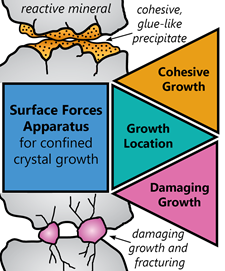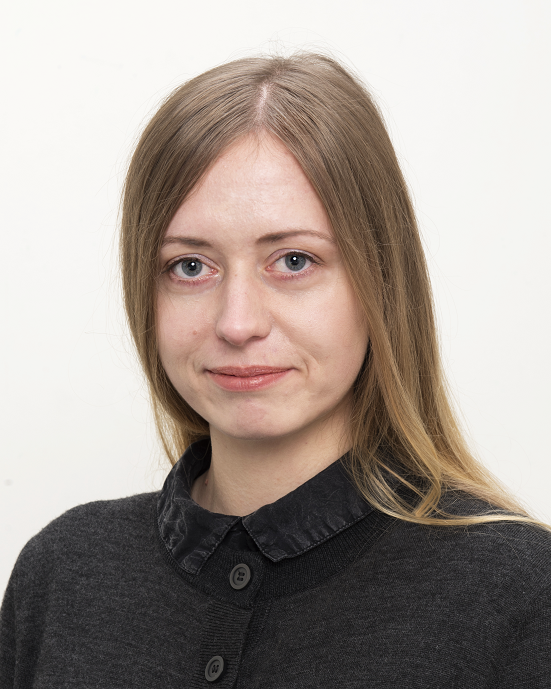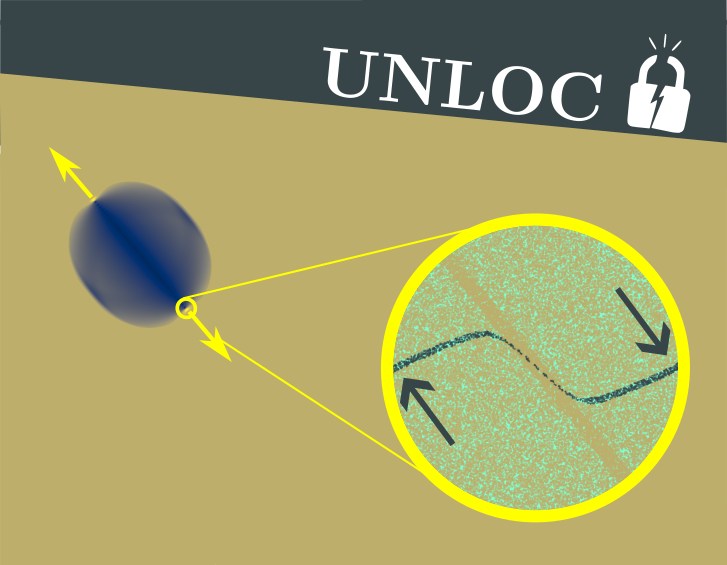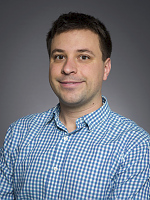The funding is intended to give talented young researchers under the age of 40 in all disciplines and thematic areas the opportunity to pursue their ideas and lead a research project. This call is targeted towards researchers in the early stages of their careers.
Joanna Dziadkowiec got her project REACTivity under confinement: in-situmineragrowth within nano- and microscale volumes funded:


REACT aims to understand and control the damaging and cohesive effects of mineral growth under spatial confinement. In natural settings, minerals almost always grow inside pores and cavities. Such confined crystallization affects a vast range of natural and anthropogenic environments. These include built cultural heritage and modern infrastructure, geological formations, potential subsurface CO2 reservoirs, and Portland cement where mineral dissolution-reprecipitation govern its robust cohesive properties. Depending on the setting, the confined mineral growth may be perceived as disadvantageous or desired. In both cases, there is a pressing need to better understand and control the mineral growth in pores. In REACT, we will especially focus on the destructive or cohesive impact of confined mineral growth on the host matrix, i.e. confining material, by measuring in-situ forces acting between reactive surfaces. Our unique experimental approach relies on the surface forces apparatus (SFA) with real-time force sensing. SFA will provide measurements of nano- to microscale, distance-resolved surface forces in a confined geometry, with reactive confining walls. These experiments will not only unravel the mechanisms that control the spatial location of new growing minerals and but will also help finding links between surface forces acting during cohesive and damaging growth of minerals in pores.
Fabian Barras got his project UNLOC - Uncovering the coupled fluid and solid dynamics driving highly-localized rupture in geomaterials funded: 

The propagation of highly-localized ruptures precedes various kinds of catastrophic failures in geomaterials.
Examples include landslides, rockfalls, glacier surges and earthquakes. Quantitative predictions of these processes remain elusive and challenging because material failure often stems from highly-localized shear bands that rapidly propagate over meter to kilometer distances while focusing intense deformation down to the pore scale.
In UNLOC, we will perform fundamental research to simulate and image the highly-localized micro-mechanical processes that cause the rapid failure of geomaterials. The UNLOC team will develop and release a multi-scale theoretical and numerical framework developed hand-in-hand with two experimental campaigns.
The first one will image the localized deformation of dry and wet natural rocks and sands using synchrotron X-ray microtomography, and the second one will image and quantify dynamic fluid flow in a rapidly opening cavity.
Throughout the UNLOC project, the sonification of the data sets will be conducted in collaboration with a sound designer to disentangle the intricacy of processes governing failure and support the communication of the project activities with original sound pieces.
Big congratulations to Joanna Dziadkowiec and Fabian Barras, we look forward to following their research projects.